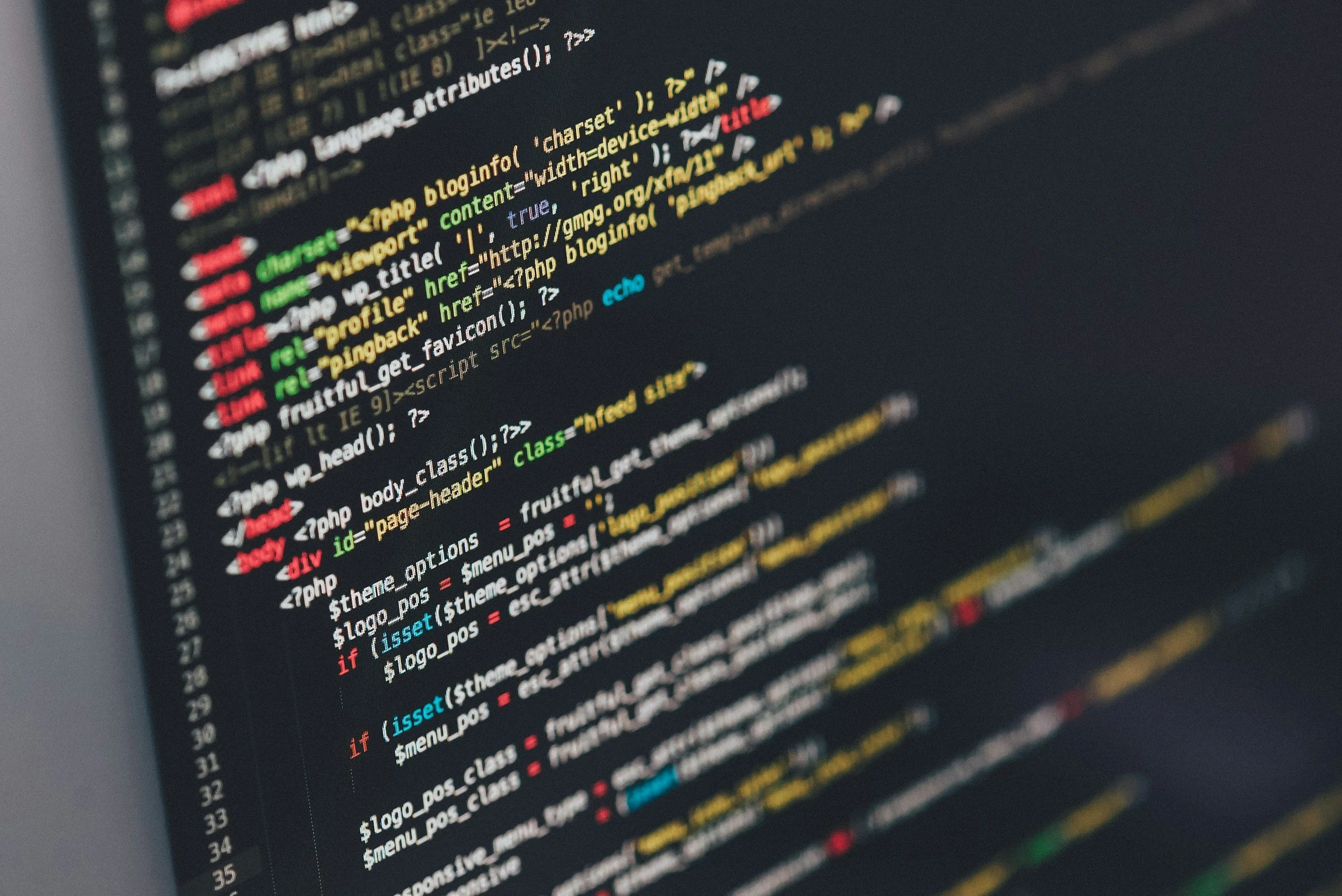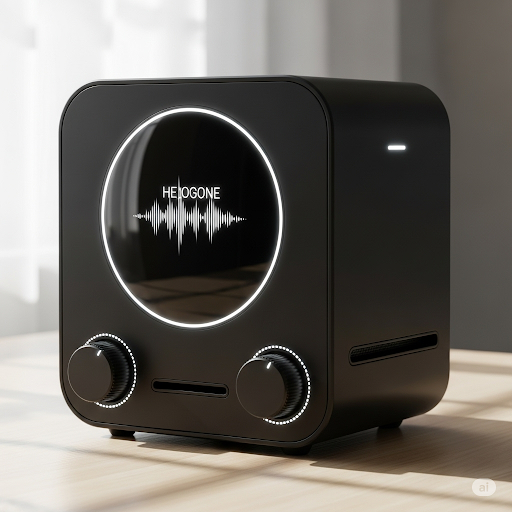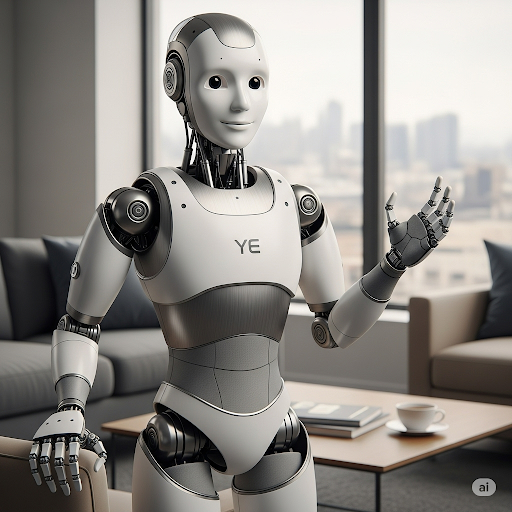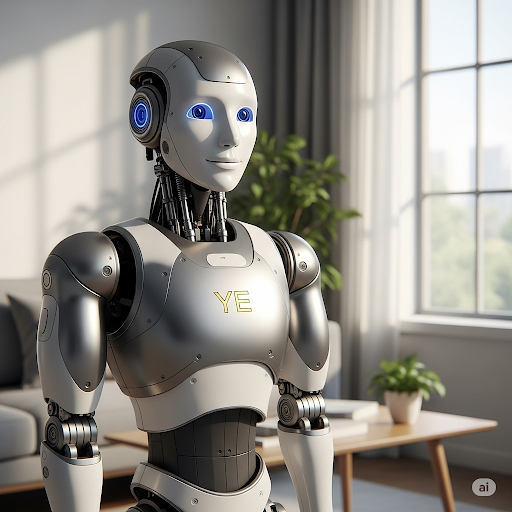A Christian Robot Companion
Starting a humanoid robot company is a complex undertaking that requires a blend of technical expertise, business acumen, and significant capital. Here is a comprehensive guide on the key steps to take:
1. Develop a Clear Vision and Business Plan
* Solve a Specific Problem: Don't build a robot just for the sake of it. The most successful robotics companies solve a specific, real-world problem. Identify a need that current technology can't address, whether it's in healthcare, logistics, manufacturing, or home assistance.
* Decide on Hardware or Software: It's incredibly difficult for a new startup to excel at both. Focus on either developing a hardware platform that others can build on, or creating software (like AI and control systems) that powers existing or future hardware.
* Narrow the Scope: Instead of trying to create a "do-it-all" robot, narrow your focus to a specific use case. This makes your project more manageable, your value proposition clearer, and your path to market more direct.
* Craft a Business Plan: A detailed business plan is crucial for guiding your startup and attracting investors. It should outline your mission, market research, product ideas, budget needs, and strategies for R&D, manufacturing, marketing, and funding.
2. Research and Development (R&D)
* Focus on Core Technology: Humanoid robotics is a cutting-edge field. Your R&D will need to focus on key areas such as:
* Advanced Control Systems: Creating algorithms that allow the robot to move with grace, speed, and dexterity.
* AI and Machine Learning: Training the robot's AI to perform tasks, navigate environments, and interact with humans.
* Simulation Environments: Use digital twins and platforms like NVIDIA Omniverse to train and test your robot in a risk-free virtual environment. This accelerates development and reduces the risk of physical damage.
* Biologically Inspired Design: Look at how human bodies move and function to inform your robot's physical design and movement.
* Build a Prototype: Start with a simple prototype to demonstrate your concept. Use this to get feedback from potential customers and refine your design. Having a working prototype is essential for attracting serious investors.
3. Assembling Your Team
* Interdisciplinary Skills: A successful robotics company needs a diverse team. You will need a mix of creative engineers, software developers, AI/ML specialists, commercialization experts, and business managers.
* Diverse Experience: Seek out team members with experience in areas like mechanical engineering, electrical engineering, computer vision, and systems integration.
4. Funding and Financials
* Significant Capital: Humanoid robotics is a capital-intensive industry. Be prepared to seek significant funding.
* Early-Stage Funding: Start with "friends and family" funding, and consider seeking grants from government programs like the National Science Foundation (NSF) which offers Small Business Innovation Research (SBIR) grants.
* Venture Capital (VC): The robotics sector is attracting significant venture capital. Once you have a working prototype and a solid business plan, approach VCs and other institutional investors. Investors will require proof of a working prototype and a clear path to commercialization.
* Strategic Partners: Look for strategic manufacturing partners, like automotive companies, who can provide supply-chain expertise and factory capacity.
5. Legal and Ethical Considerations
* Intellectual Property (IP): Protect your innovations through patents and other IP. This is crucial for preventing competitors from copying your ideas.
* Safety and Regulation: You must comply with safety standards and regulations. This includes conducting a risk assessment, obtaining safety certification, and providing clear instructions and warnings for users.
* Privacy and Data: Design your robots with data protection in mind, using techniques like data minimization and anonymization to protect sensitive user information.
* Liability: Be aware of legal accountability for any damages or injuries caused by your robotic systems. This will influence your design decisions and risk management strategies.
6. Manufacturing and Supply Chain
* Advanced Manufacturing: The design of humanoid robots often requires advanced manufacturing techniques, such as 3D printing for lightweight, strong parts.
* Scalability: As you move from prototype to production, you'll need to develop a scalable manufacturing and supply chain strategy.
7. Marketing and Sales
* Identify Your Target Audience: Understand whose problems your robot solves. Your marketing strategy should be tailored to this specific group.
* Visual Content is Key: Use video marketing to demonstrate your robot in action. This is the most effective way to showcase its capabilities and build trust.
* Content Marketing: Create content like white papers, case studies, and webinars to establish your company as a thought leader in the robotics space.
* Online Presence: Develop a professional website and use Search Engine Optimization (SEO) to ensure potential customers can find you.
Business Plan
1.0 Executive Summary
YE Robotics Inc. is an early-stage technology company founded to design, develop, and commercialize a next-generation humanoid companion robot named "Elysian." Our mission is to integrate advanced robotics and artificial intelligence to create a seamless, helpful, and emotionally intelligent companion for the modern home. The Elysian robot is a highly versatile, anthropomorphic device designed for tasks such as elderly care support, domestic assistance, and security monitoring.
The global service robotics market is projected to grow significantly, with a strong demand for in-home solutions. YE Robotics is uniquely positioned to capture a portion of this market by focusing on a premium, user-friendly, and aesthetically pleasing design, differentiating itself from industrial and purely task-oriented robots. Our core technologies include a proprietary AI engine for natural language processing and emotional recognition, a lightweight and efficient servo-motor system for fluid movement, and a modular design for easy upgrades and maintenance.
This business plan outlines the strategy for YE Robotics to secure an initial seed funding round of $5 million. This capital will be used to complete the functional prototype, secure initial manufacturing partnerships, and scale our core R&D team. Our five-year financial projections forecast a period of intense R&D and market entry, followed by rapid revenue growth as our product gains traction. We project profitability by the end of year four.
2.0 Company Description
Company Name: YE Robotics Inc.
Legal Structure: C Corporation
Location: Seattle, Washington
Mission Statement: To enhance human lives by creating intelligent, empathetic, and reliable robotic companions that seamlessly integrate into the home.
Vision: To be the leading provider of household humanoid robotics, setting the standard for innovation, quality, and human-robot interaction.
YE Robotics Inc. was founded by a team of robotics engineers and AI specialists with extensive experience from companies like Boston Dynamics and Google. Our core values are innovation, integrity, safety, and a user-centric approach. We believe that robots should not just be tools, but trusted companions that simplify and enrich daily life. Our long-term goal is to build a platform that can be adapted for a variety of humanoid applications, from home use to specialized commercial services.
3.0 Products and Services
Product: The "Elysian" Humanoid Companion Robot
The Elysian is a 4-foot-tall, 110-pound humanoid robot designed for a domestic environment. Its features are meticulously engineered for safety, functionality, and aesthetic appeal.
* Physical Design: The Elysian has a sleek, minimalist chassis with a combination of lightweight carbon fiber and durable, recyclable polymer materials. Its articulated limbs allow for a wide range of motion, and its hands are designed for both fine motor skills (e.g., picking up a glass) and robust tasks (e.g., carrying groceries).
* AI and Software: The robot is powered by our proprietary AI engine, codenamed "AETHER" (Adaptive Emotional and Task-oriented Humanoid Engine for Robotics). AETHER allows the Elysian to:
* Natural Language Processing (NLP): Understand and respond to conversational commands.
* Emotional Recognition: Use facial and vocal cues to understand a user's emotional state and respond appropriately.
* Autonomous Navigation: Safely navigate complex home environments, avoiding obstacles and adapting to changing layouts.
* Task Automation: Perform a range of pre-programmed tasks, such as fetching items, reminding users of appointments, and acting as a central hub for smart home devices.
* Use Cases:
* Elderly Care: Monitoring for falls, providing medication reminders, and acting as a communication hub for family members.
* Domestic Assistant: Performing simple chores, such as organizing items, carrying groceries, and basic tidying.
* Home Security: Patrolling the home, detecting unusual activity, and providing a live video feed to the user's mobile device.
Services:
* Premium Subscription Plan: Users will pay a monthly fee for continuous AI updates, access to new software modules, cloud storage for personalized data, and priority customer support.
* Maintenance and Repair: We will offer a robust warranty and a network of certified technicians for any repairs or upgrades. Our modular design philosophy will ensure that damaged parts can be easily replaced, reducing downtime and service costs.
4.0 Market Analysis
* Target Market: Our initial target market is high-income households in the United States, specifically focusing on early adopters of technology, tech enthusiasts, and individuals with a need for high-end home assistance (e.g., families with aging parents, individuals with mobility issues).
* Market Size: The global service robotics market is projected to reach over $100 billion by 2028, with the home robotics segment being a significant driver of this growth. We estimate our total addressable market (TAM) to be over $5 billion within the next five years, focusing on a niche premium segment.
* Competitive Analysis: The humanoid robotics market is currently in its nascent stages, but we have identified several key competitors:
* Boston Dynamics: Primarily focused on industrial and military applications with its quadruped robot "Spot" and humanoid "Atlas." While not a direct competitor in the home market, they represent a significant benchmark for robotics technology.
* Figure AI: A direct competitor developing a general-purpose humanoid robot. We will differentiate ourselves through our unique AI stack, emotional intelligence capabilities, and focus on a specific, integrated home ecosystem.
* Tesla Bot ("Optimus"): A potential future competitor. We believe our head start and specialized focus on the home companion market will allow us to establish a strong brand presence before large-scale competitors enter the market.
* Existing Home Robots (e.g., iRobot): These are limited to single-function tasks (e.g., vacuuming). The Elysian offers a multi-functional, holistic solution, placing it in a different product category.
* Market Trends:
* Aging Population: A growing need for in-home care solutions.
* Advances in AI: The rapid evolution of large language models (LLMs) and computer vision makes truly intelligent robotics more feasible.
* Falling Component Costs: The cost of key robotics components (e.g., sensors, motors) is decreasing, making humanoid robots more commercially viable.
5.0 Marketing and Sales Strategy
* Branding: The "YE" logo and the "Elysian" product name will be synonymous with high-end, reliable, and user-friendly technology. Our marketing will focus on the emotional connection and assistance our product provides, rather than just technical specifications.
* Pricing: We will use a premium pricing strategy to reflect the advanced technology and high-quality build of the Elysian. The estimated retail price will be in the $20,000-$30,000 range, with an accompanying monthly subscription for software and services.
* Distribution: Initially, we will use a direct-to-consumer sales model through our website and a small number of flagship showrooms in major tech hubs (e.g., Seattle, San Francisco). As we scale, we will explore partnerships with luxury electronics retailers.
* Promotional Activities:
* Launch Event: A major launch event at a prominent technology conference (e.g., CES, a custom event) to generate media buzz.
* Content Marketing: High-quality videos and demos showcasing the Elysian's capabilities and its emotional interactions. We will create a robust social media presence on platforms like YouTube and Instagram.
* Public Relations: Engage with tech journalists, influencers, and robotics publications to generate positive press.
6.0 Management Team
7.0 Financial Plan
Funding Request:
We are seeking $5,000,000 in seed funding to be allocated as follows:
* R&D and Prototyping: 50% ($2.5M) - To finalize the functional prototype, acquire necessary components, and complete safety testing.
* Team Expansion: 30% ($1.5M) - To hire key engineers, designers, and business personnel.
* Operations & Legal: 10% ($500k) - For legal counsel (patents, incorporation), office space, and general administrative costs.
* Marketing & Sales (Initial): 10% ($500k) - For a launch event, brand development, and initial PR activities.
Financial Projections:
The following is a summary of our projected financial performance over the next five years. These projections are based on conservative assumptions regarding market entry, production costs, and sales growth.
* Year 1:
* Focus: R&D, prototype completion, securing funding.
* Revenue: Minimal (grant revenue, pre-orders from strategic partners).
* Net Income: Significant loss due to R&D and operational costs.
* Year 2:
* Focus: Product finalization, supply chain development, and initial production run.
* Revenue: Moderate from a limited pilot launch.
* Net Income: Continued loss.
* Year 3:
* Focus: Full commercial launch and market penetration.
* Revenue: Significant increase from first full year of sales.
* Net Income: Reduced loss, approaching break-even.
* Year 4:
* Focus: Scaling production, expanding sales channels.
* Revenue: Substantial growth as brand recognition increases.
* Net Income: Achieve profitability.
* Year 5:
* Focus: International expansion and diversification of product line.
* Revenue: Exponential growth.
* Net Income: Strong profit margin.
8.0 Operations Plan
* Research & Development (R&D): Our R&D will be conducted in-house at our Seattle facility. We will use a rapid prototyping cycle, leveraging 3D printing and digital simulation tools to accelerate development.
* Manufacturing: We will use a hybrid manufacturing model. Initial production runs will be handled by a strategic partner with expertise in complex electronics and robotics assembly. We will own the final assembly and quality control processes to ensure the highest standards.
* Supply Chain: We will develop a resilient supply chain, sourcing key components from a network of trusted global suppliers. We will prioritize components with long-term availability to mitigate production risks.
* Quality Control: Every Elysian robot will undergo a rigorous multi-point inspection and testing process before being shipped to a customer. This includes mechanical stress tests, software functionality checks, and a comprehensive safety assessment.
* Legal & Ethical Considerations: We will proactively seek legal counsel to secure patents for our core technologies and navigate the complex regulatory landscape for robotics. We are committed to an ethical design process, ensuring our robots are built with safety, privacy, and accountability as top priorities.
9.0 Appendix
* Resumes of Key Management Team Members: Detailed biographies and professional histories.
* Market Research Data: Detailed reports on market size, growth, and competitor analysis.
* Product Schematics and CAD Drawings: Detailed technical specifications of the Elysian robot.
* Financial Models: Detailed income statements, balance sheets, and cash flow projections with supporting assumptions.





















